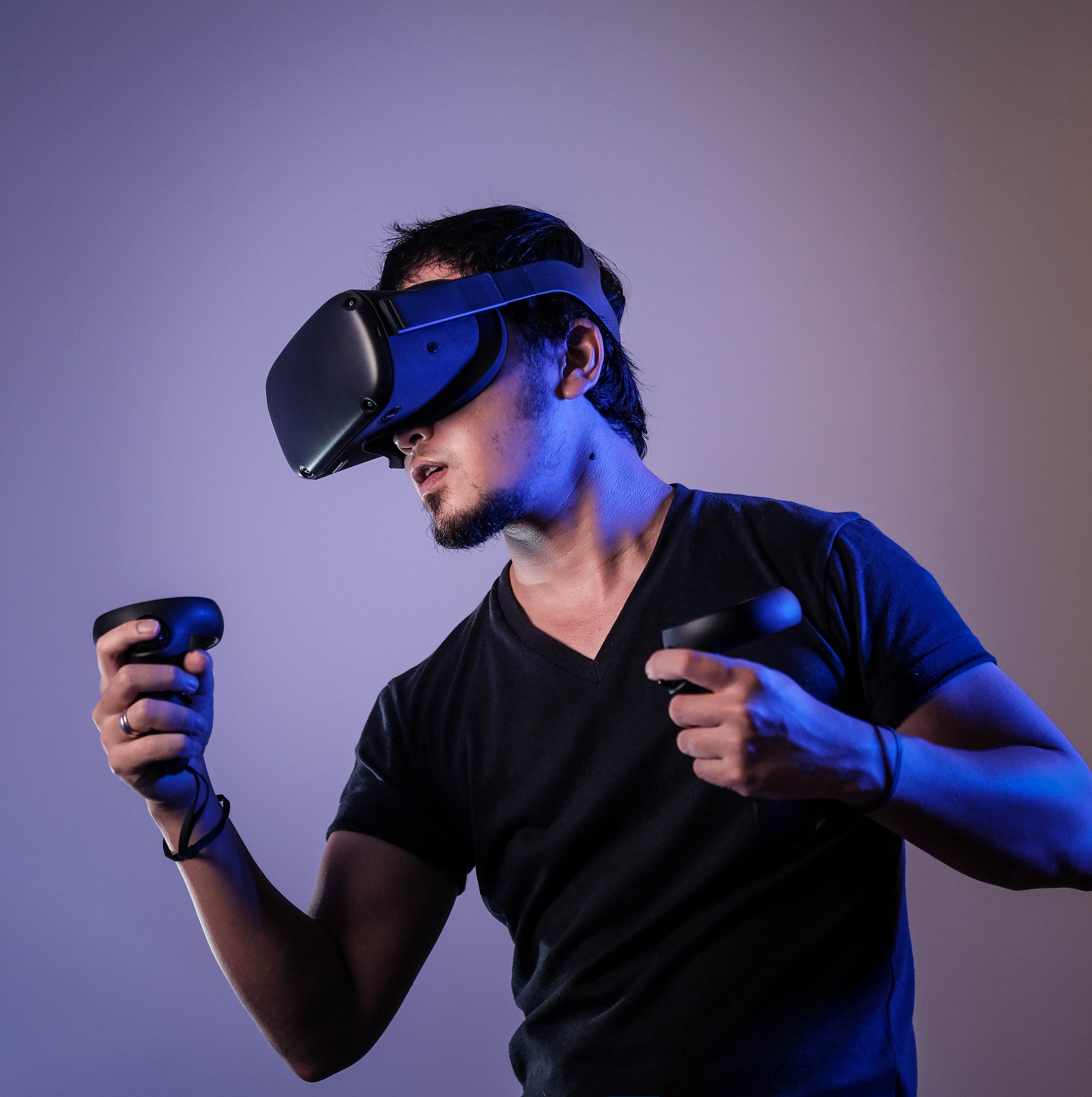VR provides potential tourists with a compelling imagery and a chance to get a first impression of what it feels like to be at a destination.
In this way, Virtual Reality (VR) technology has the unique ability to transport users from a current location to elsewhere, making it a novel and innovative tool to attract visitors and show what a destination has to offer. Furthermore, immersing users into a virtual environment (VE) triggers a feeling of being “present” and enables them to experience the surroundings as if they were real. In a new study, Hopf, Scholl, Neuhofer and Egger (2020) explore this notion further by investigating the impact of additional sensory stimuli in VR on a user’s sense of presence and intention to recommend a destination.
Using VR within tourism, hospitality, and marketing contexts has been a popular topic of discussion recently, especially when it comes to promoting/selling products and creating memorable experiences. Since tourism products are considered intangible in nature, VR has the potential solution of offering consumers a “try before you buy” experience. Moreover, research has shown that by allowing users to interact and navigate through a destination in a 360-degree video, a more positive attitude, higher interest, and increased intention to visit and/or recommend the real destination can be established.
Engaging all five human senses can make an experience seem closer to reality.
As actual, physical touristic experiences are multisensory, numerous studies have claimed that integrating the human senses in VR leads to a more immersive experience and, in turn, to a higher level of presence. Presence, in this case, refers to a user’s “sense of being in the virtual environment” as well as the extent to which a user notices or does not perceive the VR device. Four major factors can influence a user’s presence:
- Involvement/Control – ability to pay attention to and control/respond to events in the VE
- Adaptation/Immersion – ability to adapt quickly to the VE and feel enveloped by and included in the VE
- Sensory Fidelity – extent to which a user’s feelings of interaction within a VE seem natural and realistic
- Interface Quality – degree of concentration/distraction in the VE (due to device equipment, etc.)
However, levels of presence are highly subjective and vary between individuals; thus, measuring presence can be achieved via physiological means, such as heart rate or skin conductance.
The 4D VR Experience
In this study, data was collected by means of a combination of subjective and objective techniques, namely, an online questionnaire concerning presence and physiological measurements. A multi-stage laboratory experience was conducted in which 64 participants experienced a 360-degree video about the destination Costa Rica in a “multisensory VR cabin”. For the control group, only the visual and auditory senses were engaged (i.e. 3D experience), whereas the experimental group received additional stimuli to address the olfactory and haptic senses (i.e. 4D experience).
The 4D feedback was represented by temperature changes, wind, light drizzle as well as the typical smell of the ocean and the rainforest.
The findings revealed that, on the one hand, additional stimuli did not significantly enhance a user’s sense of presence. Nonetheless, the Adaptation/Immersion factor did show a significant increase during the multisensory experience, leading to the assumption that “adding sensory dimensions to the VR experience is the driving factor that isolates users from reality and enhances their immersion into the virtual environment.” On the other hand, in line with previous research, adding sensory stimuli did indeed have a positive impact on users’ intention to recommend the destination. Thus, multisensory VR can be seen as a useful tool to boost tourists’ interest and influence travel recommendation.
To find out more about this study, read the full text here:
To cite this article:
Hopf, J., Scholl, M., Neuhofer, B., Egger, R. (2020) Exploring the Impact of Multisensory VR on Travel Recommendation: A Presence Perspective. ENTER 2020. In: Neidhardt, J. and Wörndl, W. (Eds.) Information and Communication Technologies in Tourism 2020, Surrey, UK. Springer Verlag, 169-180.
